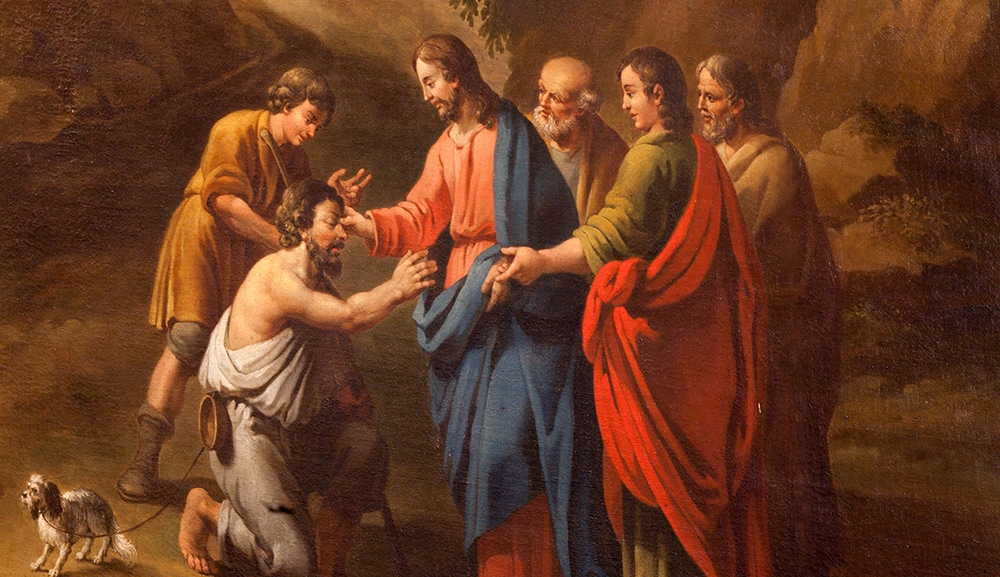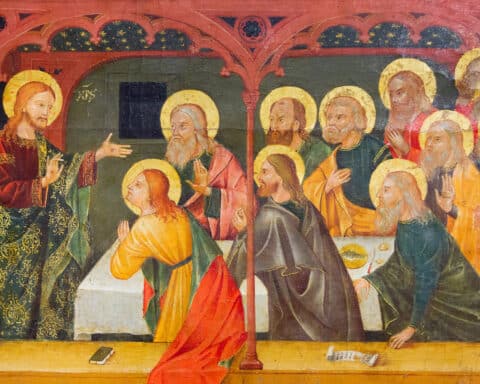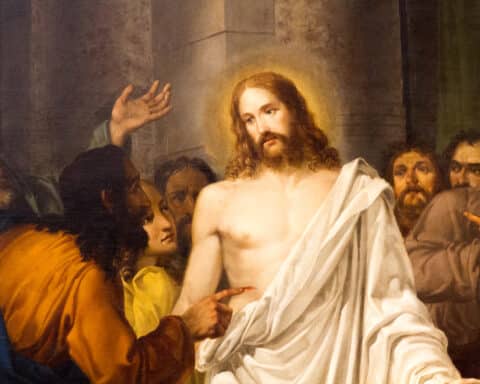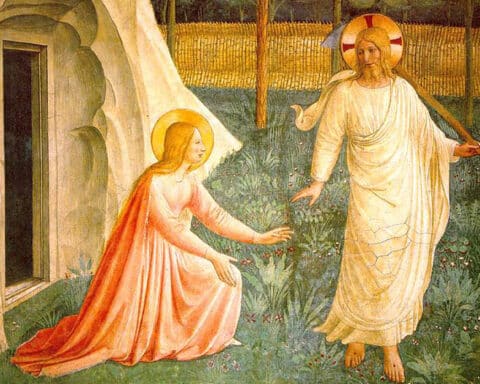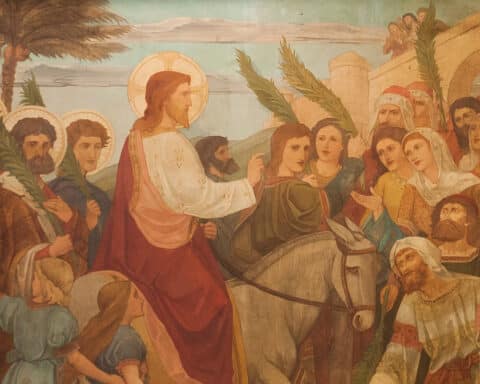
This division of the senses was not always so clear. Sight was once understood as closely connected to touch. To see an object or a person was “to touch” with one’s eyes.
If seeing was related to touch, then not seeing was to be cut off from all contact. This is the case of the man born blind. Lacking the sense of sight, the man born blind cannot “touch” the created order with his eyes. That also means that he is outside of communion with other human beings.
His fellow Israelites see him as a sinner, punished by God. His blindness is evidence of either his personal sinfulness or the faults of his forebears. His parents are basically out of the picture, willing to disown him before the Pharisees. He is alone, blind, untouchable.
| March 22 – Fourth Sunday of Lent |
|---|
|
1 Sm 16:1, 6-7, 10-13
Ps 23: 1-3, 3-4, 5, 6
Eph 5:8-14
Jn 9:1-41
|
Jesus heals the man born blind in the most material way possible, through touch. He spits on the ground, rubbing mud upon his eyes. The man born blind washes himself in the pool of Siloam. Through the materiality of water, he begins to see. Through the materiality of Jesus’ touch, sight is restored.
The dialogue between the man born blind and the Pharisees, of course, reveals that the man born blind has already seen more than either the Pharisees or his parents. The Pharisees look at this man, and they see the impossibility of God acting in such a case. It cannot be God but a demon, something dreadful that would relieve a supposed sinner of blindness.
The man born blind sees that this restoration of communion is the work of God. He has not yet seen Jesus, and he doesn’t see him until the end. His eyes look upon the Word made flesh, and he worships. The Greek word used for worship means to bend the knee, to throw down one’s body in the dust of the earth.
The man born blind sees Jesus, and thus throws his body down upon the earth. He alone sees Jesus for who he is, the Word made flesh, the splendor of the Father, the one that has come to restore communion between God and humanity.
In the end, the man born blind serves as a prophetic teacher to us Christians today. To be in communion with Jesus is not a matter of abstraction, of embracing a series of principles that we can agree to. It is instead seeing the Lord, bowing our knee before the living God. It is worship, it is feeding the hungry and the thirsty, it is giving care to the drug addict on the streets of San Francisco. It is material, embodied love. The love of parents, the love of those who do the works of mercy.
And we must recognize that there are many in the world who long for this communion. They long to be seen and to be touched by the Word made flesh. How often do we Christians put ourselves into a little ghetto of self-comfort, cutting off all except the perfect (as we measure it) from communion with God?
Let those of us who see the Lord in the holy Scriptures, in the unborn and the migrant, in that Sacrament most holy, that Sacrament most divine, throw ourselves down before his holy presence.
And let us invite every man, every woman to join us in this communion of sight and touch.
Timothy P. O’Malley, Ph.D., is the director of education at the McGrath Institute for Church Life at the University of Notre Dame.

